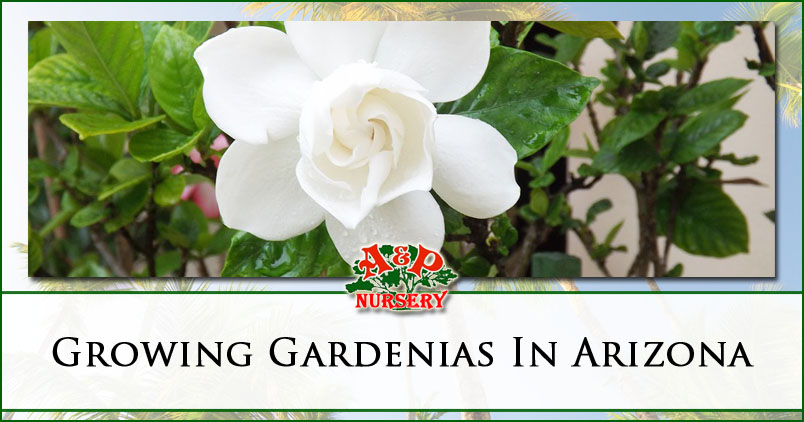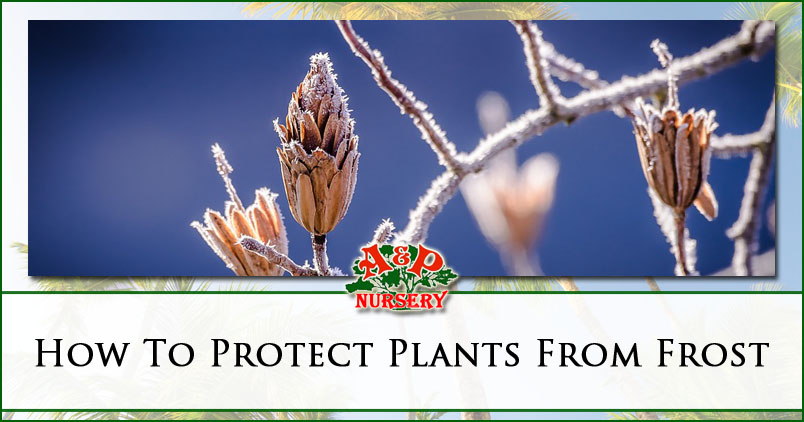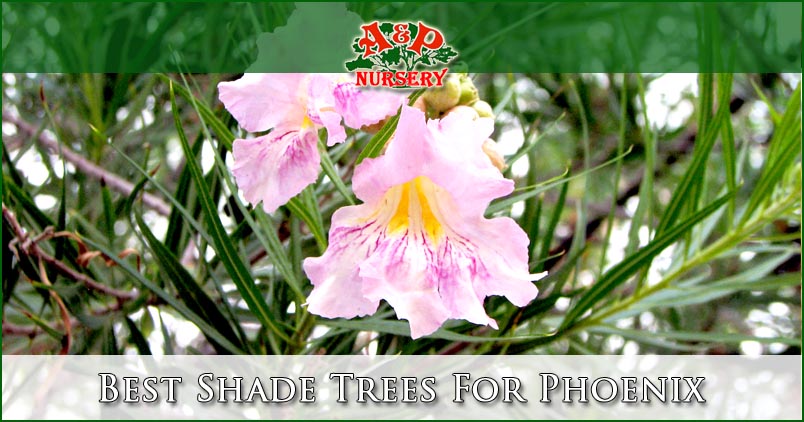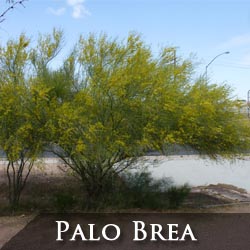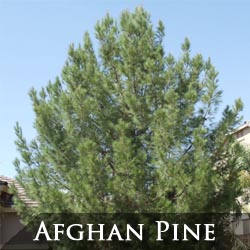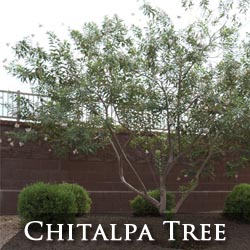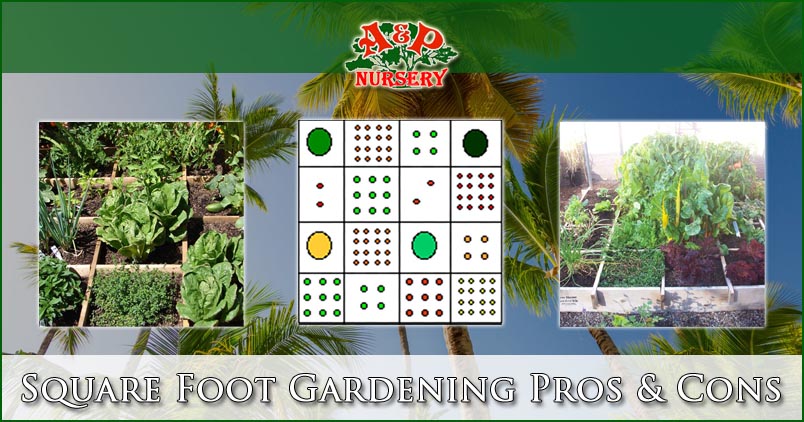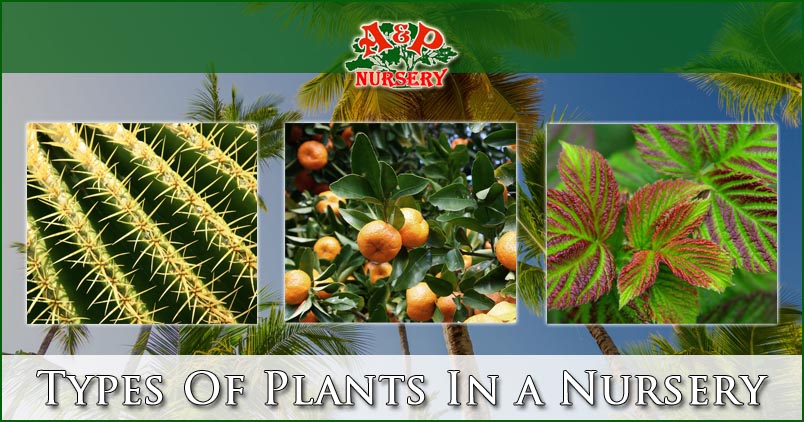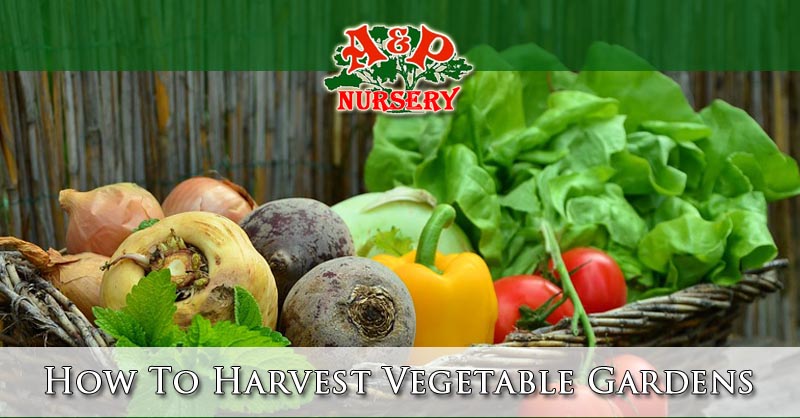If you happen to be a garden lover, then you know that there are only a few pleasures that will equal to browsing the aisles of your local nursery. Below is how you can make the best use of your time and actually get a real bang for your buck.
Types of Plants found in a Nursery
While you are walking through a nursery, you will certainly find plants that are found in 3 different forms: You have in-container plants which are normally your perennials, annuals, and smaller trees and shrubs. You have bare-root plants which are normally your large hedge plants and roses. Then you have Balled-and-Burlapped Plants which are normally larger shrubs and trees that have burlap wrapped around the root balls. Plants will also be grown differently as well. Some will be kept in containers, some kept in fields, and some start out in the field but are eventually transplanted into a container to be sold.
Local Field Grown Plants
Nurseries will often times grow shrubs and trees in their fields, where the plants are much easier to maintain and are able to grow to a much larger size than if they were to be kept in containers. Field grown stock will need to be dug up in winter and early spring before it stops being dormant, wrapped in burlap and twin and even in metal cages when it comes to large trees, then shipped to the sales center. The balled and burlapped plants may actually lose up to 90% of their root systems, but this is the only way to be able to offer very large plants for any type of selling.
Once you have selected the best plants, you need to learn about the importance of their soil for their growth.
Before you select a tree, you want to make sure that you have read the tag which will list its mature height and spread.
Bare Root Stock
Bare root stock will be dug from the fields during the dormant season which starts late fall to early spring and will be placed in cold storage. Because there isn’t any dirt to surround the root system, the bare root shrubs and trees are light and quite easy to transport including being easy to transplant. They also cost a lot less than a balled and burlapped plant or container grown plant.
Cold Season Availability
During the late fall to early spring for some temperate zones, a nursery may offer you the chance to purchase bare root plants in groups of 50 to 100 for hedges like lilacs. For a general rule, bare root plants are not offered at a regular nursery as the plants will come out of dormancy and begin to grow whenever they are removed from their plant cold storage. A Bare root plant is best for those online mail order nurseries, where they are often kept in suspended animation of cold storage and then shipped to you in time to be immediately planted. Not to mention that purchasing roses that are bare root plants from a single source means that there will be less of a chance of you bringing home a fungal disease to your garden.
Container Grown Plants
Container grown stock will start its life within a container. As the plant begins to grow larger, the grower will transplant it into a larger container. The more years that it is spent inside of a container, the more money and time that a grower has spent on the plant, which actually explains why some container grown plants are quite expensive. For instance, dwarf conifers, which are really slow growing will spend several years in a container before it ever starts growing large enough to even be sold.
How to pick your nursery plants
You will be able to learn a lot from a nursery simply by comparing the available plants. For instance, if you are wanting to buy a River Birchtree and the nursery you got to happens to have 10 trees in the size you want. They are between 8 and 10 feet tall and feature large trunks that are starting to show the peeling characteristic of a mature river birch. They are $230 each, so they are not cheap, but they offer immediate satisfaction for your landscape.
Examine The Selection
Examine the trees. Some may just have one trunk while others have 2 or more. You are wanting a 3 trunk river birch, and only 6 out of the 10 trees meet that criteria. One may have pale colored green leaves, where the others are a healthy leafy green type of color. You will want to skip over the pale colored one because it is probably starved of nitrogen. 2 of your trees may have root balls that are smaller than the others, so skip over it. Then one of the 3 trees left has a large root that is through the burlap and it seems quite dried out and distressed, so skip that one as well. Then look at the last 2 trees. Either one will most likely be right, but there will be one that will really speak to you to take it home.
Be sure to talk to nursery staff members as they are a valuable resource when it comes to picking the right type of plan for your needs.
Pick Plants To Match Scale
If you are wanting to know if a particular tree will grow a bit too tall for your yard, then here is a good rule to keep in mind: in order to keep your tree in scale with your house, they need to be no more than ¼ to 1/3 taller than your roof. If you have a one story design or a ranch house that has a height of between 12 and 15 feet, then the mature height for your trees near your home need to be between 15 and 20 feet. A two story home that is up to 22 feet tall, can handle a taller tree that is between 22 and 30 feet tall during its maturity. Plant your taller trees around the perimeter of your yard, where they will not be able to overpower your house.
You may also decide that you would like to purchase a smaller sized river birch that is only $150, so that you are able to spend the remainder on three azalea bushes to plant around your tree. Be sure to limit your purchases to a number of items that you are going to be able to plant in a single day. If you are unable to plant in a single day, then group the plants together in a shaded area and also make sure that you are watering them until you are able to finish planting them in another day or two.
Nursery Plant Guarantees
Quality nurseries will also guarantee the plants that it sells to you. If you purchase a healthy and promising shrub or tree, then plant it properly, and you diligently water and mulch it, then it should flourish and thrive for you. If not, you should contact your nursery. Many will refund your money or replace your plant. You will need to have your receipt and you may also need to bring in the dead plant.
Transporting your Plants
You want to be sure that you have securely wrapped your trees and other plants for your trip home.
You have finally picked out your plants and you have paid for them. Now you have to figure out how to get them home. If you have purchased a large tree, it is best to have your nursery deliver them to your property, although that is normally an extra fee for this service. In the fall, many nurseries will often run specials. They are going to try and sell as much of their stock as possible, so that they don’t have to provide any winter care, and they may include delivery in your purchase price. Here is another helpful tip: If you have spent over $1,000 for plants, ask if the nursery can do free delivery, as it never hurts to ask.
If you happen to be hauling your own plants home, then you want to make sure that you are brought rope and tarp to cover them. Wind damage, even if you are only a couple of miles from home and driving at a slow pace, can permanently damage or even kill off your plants. Like evergreens, who cannot handle any type of dehydration in their needles.
Picking out Balled and Burlapped Plants
Tip: Avoid any plants that have large roots protruding from rotting burlap material.
What you should look for:
- Healthy and green foliage with the supple branch tips.
- Branches that have fat leaf and flower buds before the begin leafing.
- Shape that is appropriate for the cultivar and species of plant.
- Living branches. 1 to 2 dead branches will not hurt your plant, but more than 3 may indicate a serious problem.
- Solid root ball that feels firm and moist.
- Conifers that show signs of new spring growth. Candles should be soft, flexible and bright green.
- Evidence that watering systems have been used. Look for muddy earth aisles or puddles on the walkways at your nursery.
- Mulch around the root ball.
- A root ball that is between 10 and 12 times the trunk diameter.
- Properly tied and wrapped plants. The burlap needs to look new and the twine needs to be snug but not too tight which can choke the trunk.
What to avoid:
- Numerous broken branches
- Leaves or needles that are turning brown or curling
- Diseased foliage
- Plants showing no signs of new growth when others are showing growth, especially in conifers.
- Limp ended branches that have dried out leaves. This happens to indicate that there was water deprivation
- Large exposed roots. Roots may come through the burlap, but you should avoid the ones that seem much larger than the plant.
- Branches that have leaves at the base of the plant which indicate that branches may be winter killed.
- A badly skinned trunk
- Twine gripping the neck of the plant
- Trunks that move easily when the ball remains still. This indicates that the roots may have broken from the trunk of the tree.
- Lopsided root ball, which means that the plant was dropped.
- Rotted burlap as this indicates that the plant may not have sold past season. If the plant is properly cared for, this isn’t a problem, but you should inspect the plant carefully.
- Trees that tilt when the wind blows which mean that it isn’t properly supported.
- Dried out root ball. The burlap or twine will be loose.
Picking Bare Root Plants
What to look for:
- Well-formed stems
- Ready to burst leaf nodes
- Moist roots
- Evenly distributed and healthy basal roots that have multiple feeder roots
What to Avoid:
- Unfurled leaves, especially ones that are sunlight starved and white. This indicates that the plant broke dormancy.
- Broken stalks on multi-branched plants like roses
- Broken roots especially the large taproots
- Root system that is too small to support the plant
- Roots that twisted into a ball
- Lopsided roots
Picking Container Plants
What to look for:
- Plants with foliage on most branches. The leaves should be uniformed colored.
- Sleek, healthy looking branches that are not dried out.
- Well established roots that are surrounded by firm soil. If able, gently pull the plant from the container to inspect the roots.
- Leaf and bloom nodes are ready to burst even in early season.
- Shape that is appropriate for the cultivar and species of the plant.
- Uniformly moist soil.
What to avoid:
- Healthy foliage on top but brown foliage underneath.
- Broken branches.
- Diseased foliage
- Large roots coming from the container
- Roots that have been exposed on the This may actually indicate that the plant did not sell during the last season and that the vital soil and nutrients have been lost.
- Pot bound roots. Pull the plant from its container and check to see if the roots encircle the plant, if it does that means that it has grown too long in the container.
Phoenix Valley Nursery Stores
If you live in the Phoenix Valley A&P Nursery has 4 locations to serve you. The east valley locations are easy to get to and are full of top quality locally grown plants, shrubs, trees, and other great options for your landscape. Our team has a wealth of knowledge about all things green and can help you start your garden or landscaping project. We can also help you find the perfect tools to maintain your landscape to ensure it stays healthy and looking its best.
Click To See All The Types Of Plants In Our Nursery
Call or visit one of our 4 locations today

